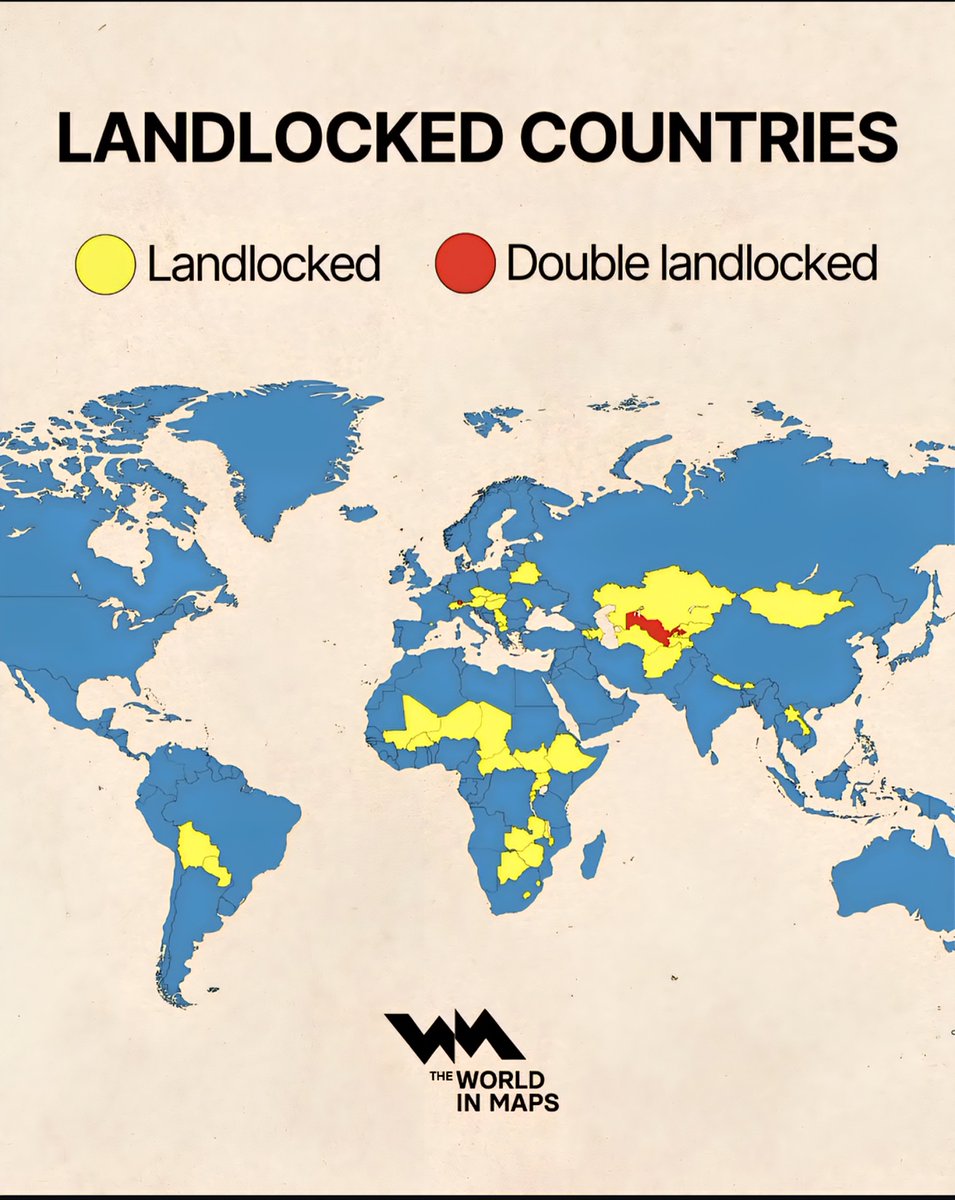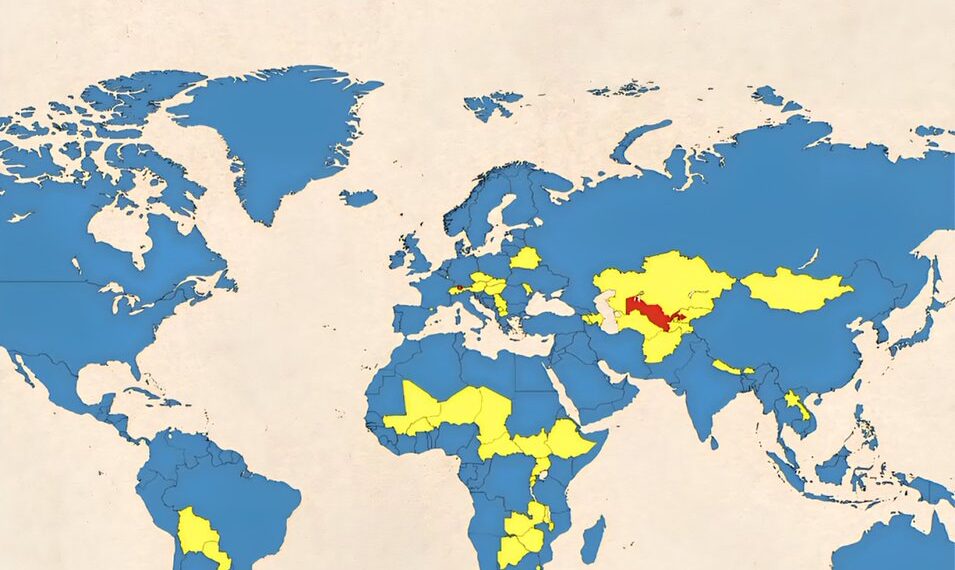Select Language:
The World’s Landlocked Nations: An In-Depth Look

1. The Unique Dilemma of Landlocked Countries
As of 2025, there are 49 landlocked countries across the globe, each facing distinctive challenges due to their geographical positioning. Being landlocked means these nations lack direct access to ocean ports, which impacts trade, economic growth, and regional influence. Without coastline access, landlocked countries often rely heavily on neighboring nations for transit routes, making regional relations paramount.
2. Uzbekistan: A Double Penalty
One of the most notable cases is Uzbekistan, a Central Asian country nestled amid vast landmass. Despite its rich history and strategic location, Uzbekistan faces the double challenge of being landlocked and surrounded by other landlocked nations in Central Asia—compounding difficulties for trade and economic development. Its dependency on neighboring countries for port access emphasizes the importance of regional cooperation and infrastructure development.
3. Liechtenstein: Small But Trapped
Another interesting case is Liechtenstein, a tiny Alpine principality nestled between Switzerland and Austria. Though wealthy and influential relative to its size, Liechtenstein is also landlocked, limiting its direct maritime trade options. Its dependence on neighboring countries for exports and imports underscores how even small nations are affected by geographical constraints.
4. Regional Imbalances and Economic Impact
Most landlocked countries face a common hurdle: limited access to global markets. For example, nations like Bolivia in South America and Malawi in Africa specifically suffer from high transportation costs, which hamper outbound trade. As a result, these countries often experience slower economic growth compared to coastal nations, fueling discussions on regional development and infrastructure investments.
5. Strategic Partnerships and Diplomacy
Landlocked countries frequently pivot toward diplomatic strategies to mitigate their geographic disadvantages. They seek favorable transit agreements, regional integration, and infrastructure projects to improve connectivity. For instance, Nepal and Bhutan have invested heavily in road networks and transit agreements with neighboring giants to facilitate trade.
6. Unique Challenges of Small Landlocked Countries
Many small landlocked nations face particular vulnerabilities: limited natural resources, smaller markets, and susceptibility to regional instability. Countries like Switzerland have managed to thrive by leveraging their neutrality, financial services sector, and technological industries—showing that landlocked status isn’t exclusively a barrier but can be offset by strategic economic planning.
7. The Role of International Organizations
Organizations such as the World Bank and UN have stepped in to assist landlocked countries, advocating for infrastructural development, trade facilitation, and regional connectivity initiatives. For example, initiatives to improve railway networks and border crossings have proven instrumental in reducing transit times and costs.
8. The Future of Landlocked Countries
Advancements in technology, infrastructure, and regional cooperation hold promise for landlocked nations. As global trade shifts toward digital and sustainable models, landlocked countries that can adapt and innovate may find new opportunities to grow and prosper despite their geographic limitations.
The landscape of landlocked countries remains a complex blend of challenges and opportunities. Their ability to develop resilient economic strategies and regional partnerships will shape their trajectories in the coming years. Whether tiny Liechtenstein or expansive Uzbekistan, each presents a unique story of overcoming geographical adversity in a connected world.







